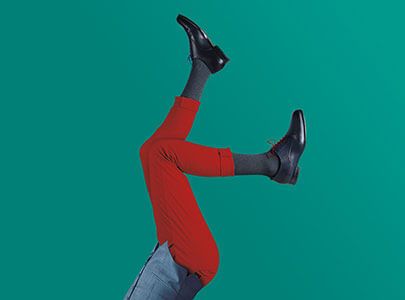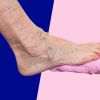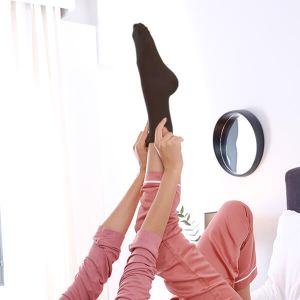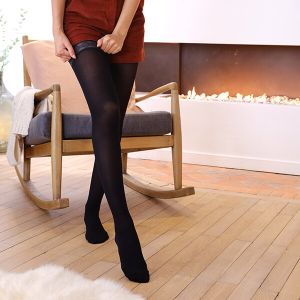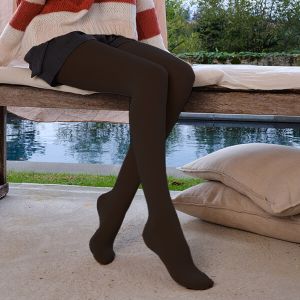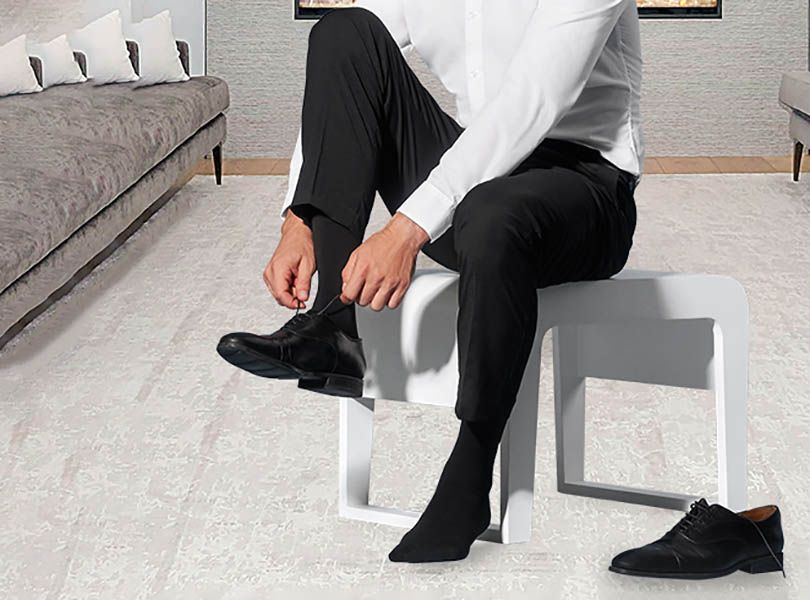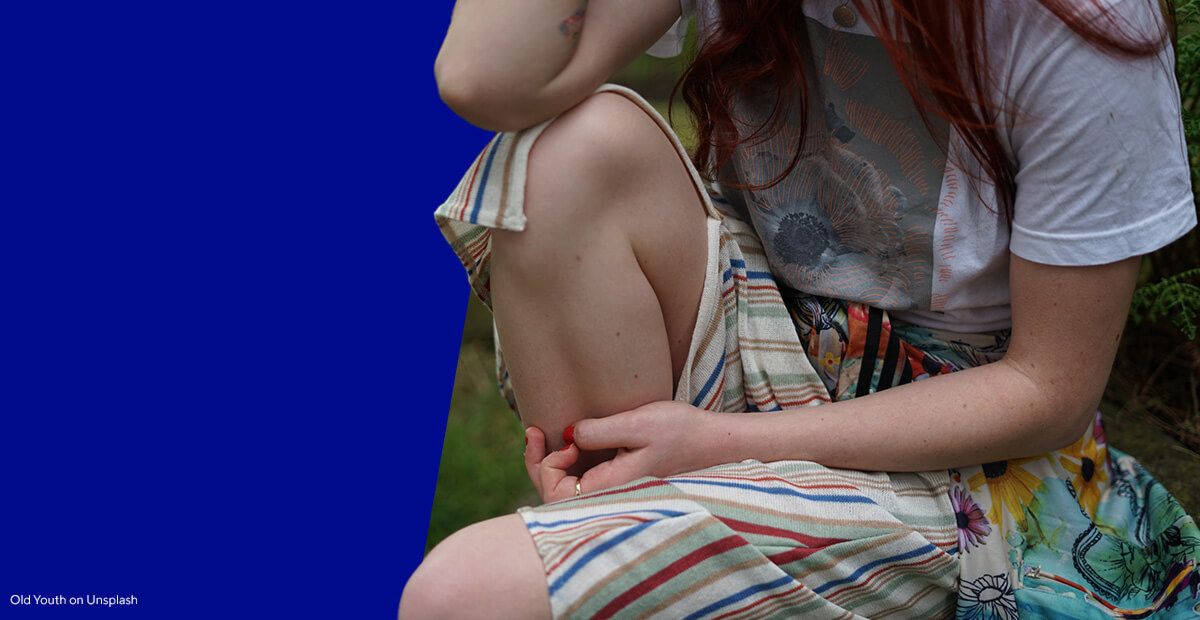Chronic venous insufficiency - causes, symptoms and treatment
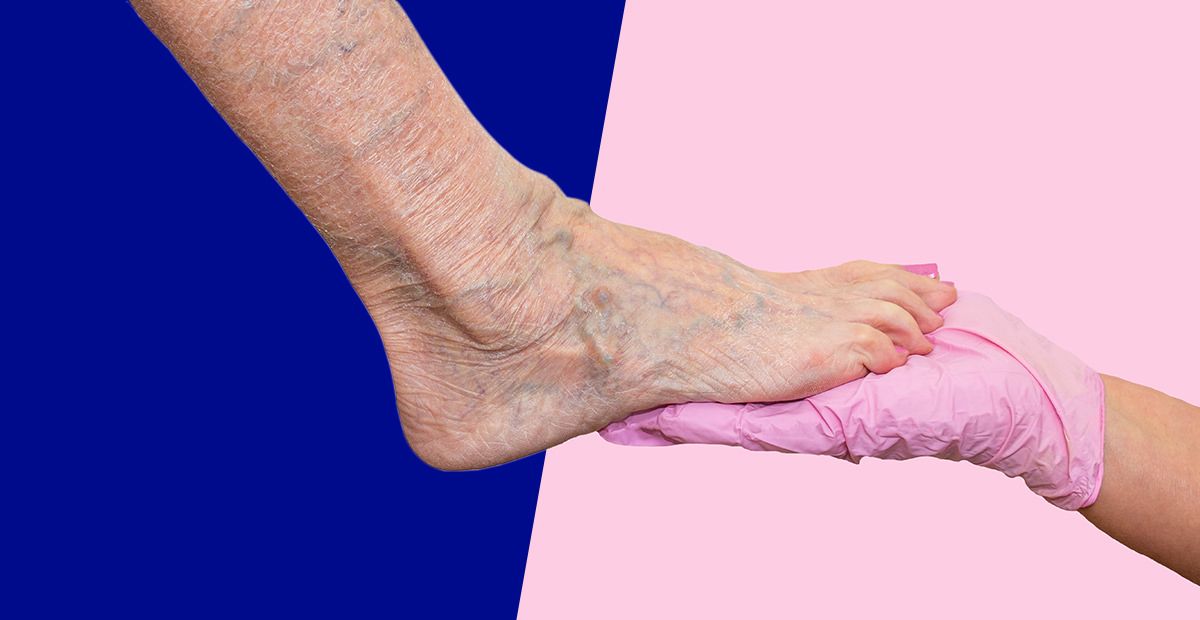
Venous insufficiency is a disease closely related to the obstruction of venous blood outflow in the lower limbs. It occurs as a result of the dilatation of the walls of the venous vessels over a long period of time, and consequently with an increase in venous pressure.
The disease significantly affects women over the age of 35. Failure to receive treatment in time can result in chronic venous insufficiency, which in turn can lead to the formation of varicose veins, and in a later stage also ulcers.
Therefore, it is extremely important to undertake immediate treatment as soon as the first symptoms of this disease are observed. It is also worth learning about methods that will be effective in prevention.
Venous insufficiency of lower limbs - what are the causes?
Chronic venous insufficiency of legs results from damage of veins which transport blood from lower limbs to the heart. As a result, blood cannot flow freely and starts to back up. This in turn causes more and more blood in legs, which leads to widening of veins, which become stretched. Venous pressure also increases, so the veins in the legs cannot work properly.
Genetic factors are mainly responsible for the occurrence of chronic venous insufficiency. The disease most often occurs in the case of underdevelopment or failure of venous valves, which do not ensure proper transport of blood from the lower limbs to the heart.
Chronic venous insufficiency - symptoms
The symptoms of chronic venous insufficiency are quite characteristic, so it is extremely important to see a doctor as soon as you notice any of them. One of the most common is the feeling of heaviness in the legs, which usually occurs only after performing appropriate exercises. Among other symptoms, the veins become visible.
It is worth remembering that the visualisation of veins does not only mean the appearance of thickening on the skin, which can be felt. The first stage of veins becoming visible are the so-called spider veins. Only in the course of the disease spider veins become more visible, and above all they can be felt by touch.
In addition, swelling and puffiness of legs, especially around ankles, is a symptom of lower limb insufficiency. If we are dealing with the initial stage of the disease, the swelling may subside, for example after performing some uncomplicated exercises.
However, at a later stage of the disease, swelling of the limbs may persist permanently. Other symptoms of chronic venous insufficiency include: pain in the area, sometimes itching or tingling, and the so-called restless legs syndrome.
How to treat venous insufficiency of lower limbs?
Chronic venous leg insufficiency is a disease quite easy to diagnose, even in its initial stage. The most frequently applied and at the same time effective method of its treatment is compression therapy consisting in regular wearing of various types of compression products.
The principles of their operation are based on the gradual pressure on the limb. The compression is strongest around the ankle, and its value gradually decreases in the subsequent parts of the limb - below the knee it amounts to 70%, and around the thigh only 40%.
Thanks to its use, blood can flow freely from the legs to the heart. Systematic use of compression products not only eliminates the troublesome symptoms of chronic venous insufficiency, but also inhibits the development of this disease.
Another way of treating venous insufficiency of lower limbs is sclerotherapy. It consists in injecting sclerosant directly into the vein - a drug whose task is to cause inflammation, which in turn leads to the fibrosis of the vein and its subsequent disappearance.
As a result, varicose veins are completely eliminated. It is used for both the levelling of small spider veins and large varicose veins.
Bibliography
- Chronic venous insufficiency
Frolov M. Chronic venous insufficiency. Date of access: 12.01.2019.

